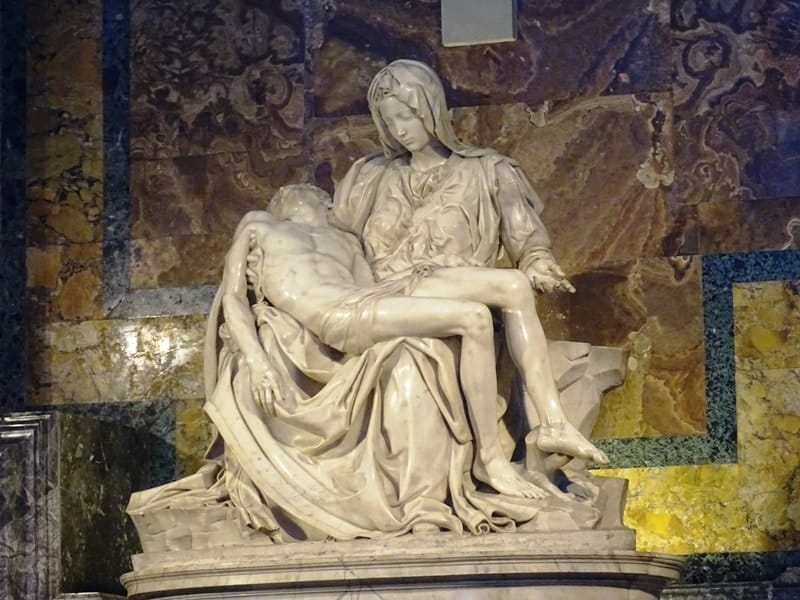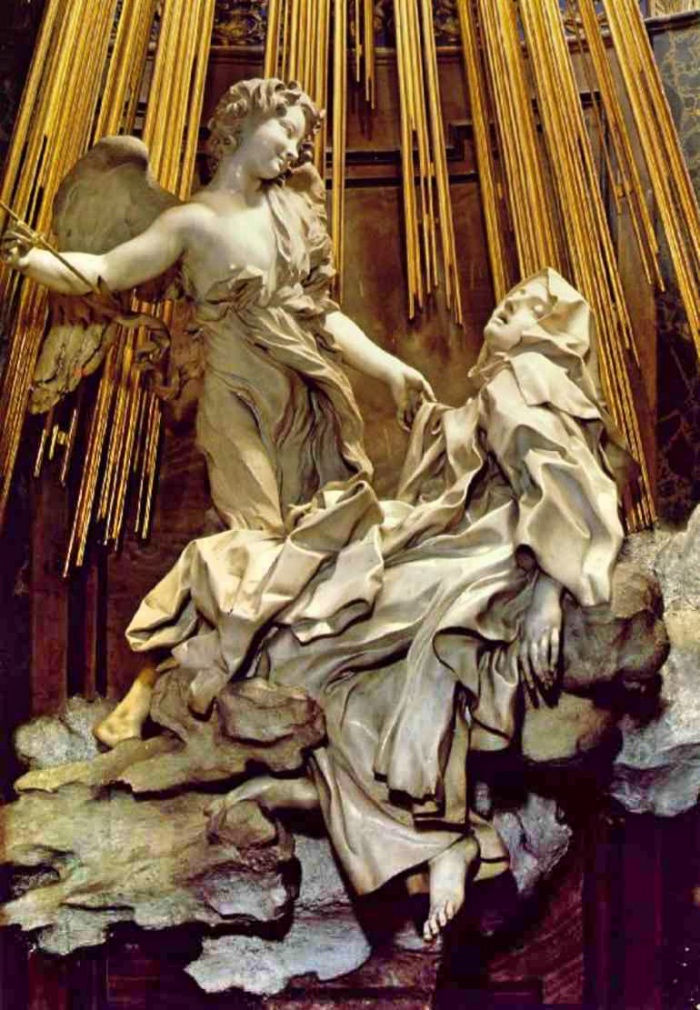



The art of sculpture in the Italian peninsula has its roots in ancient times. In the archaic period, when Etruscan cities dominated central Italy and the adjacent sea, Etruscan sculpture flourished. The name of an individual artist, Vulca, who worked at Veii, has been identified. He has left a terracotta Apollo and other figures, and can perhaps claim the distinction of being the most ancient master in the long history of Italian art. A significant development of this art occurred between the 6th century BC and 5th century AD during the growth of the Roman Empire. The earliest Roman sculpture was influenced by the Etruscans to the north of Rome and by Greek colonists to the south. During the Empire period, the pure realism of the Republican period portrait busts was joined to Greek idealism. The result, evident in Augustus of Primaporta, was often a curious juxtaposition of individualized heads with idealized, anatomically perfect bodies in Classical poses. Antonio Canova's Venus Victrix. During the Middle Ages, large sculpture was largely religious. Carolingian artists (named after Charlemagne's family) in northern Italy created sculpture for covers of Bibles, as decoration for parts of church altars, and for crucifixes and giant candlesticks placed on altars. In the late 13th century, Nicola Pisano and his son Giovanni began the revolutionary changes that led up to the Renaissance in Italian sculpture, drawing influences from Roman sarcophagi and other remains. Both are noted for their reliefs and ornamentation on pulpits. The Massacre of the Innocents by Giovanni Pisano is an example.